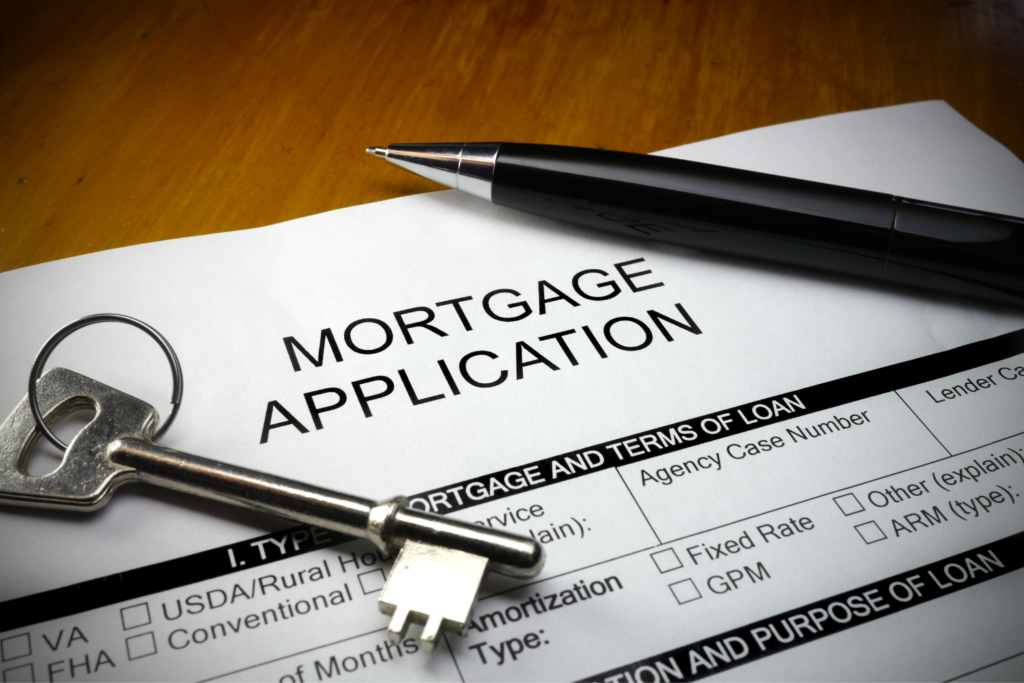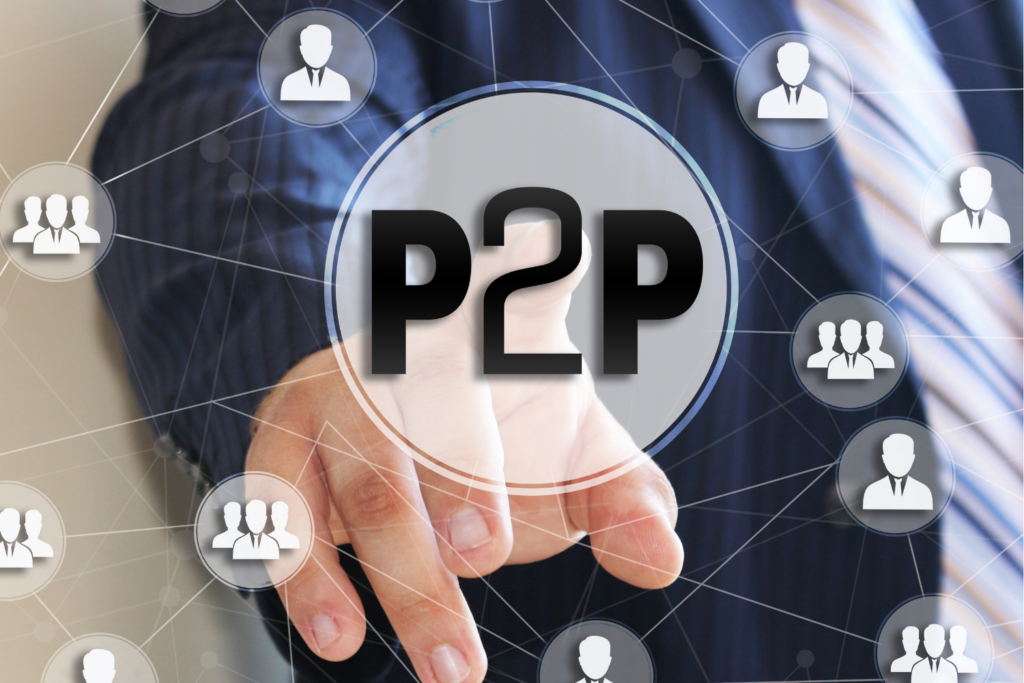
Bridge loans serve as a short-term financing option for homebuyers who need to bridge the gap between the purchase of a new home and the sale of their current one. This type of loan can be crucial in competitive real estate markets where securing a new home is contingent on selling an existing one.
Contents
How Bridge Loans Work
Bridge loans are typically structured to provide funds for the down payment on a new home before the sale of the old home is finalized. They are temporary loans, often with a term of six months to a year, designed to be repaid quickly once the old home is sold.
- Loan Amount: Bridge loans generally cover the purchase price of the new home, minus any down payment.
- Interest Payments: Borrowers usually make interest-only payments during the loan term.
- Balloon Payment: A lump-sum payment of the principal is due at the end of the loan term.
Rates and Fees on Bridge Loans
When considering a bridge loan, it’s essential to understand the associated rates and fees, as these costs can significantly impact the overall affordability and financial viability of the loan.
- Interest Rates: Bridge loan interest rates are typically higher than traditional mortgage rates due to their short-term nature and higher risk.
- Origination Fees: Lenders may charge origination fees, which can range from 1% to 3% of the loan amount.
- Prepayment Penalties: Some bridge loans may have penalties if paid off early.
Qualification Process
To secure a bridge loan, potential borrowers must navigate a specific qualification process, which involves assessing their current financial standing, the value of their existing home, and their ability to manage both the new mortgage and the bridge loan simultaneously.
- Equity Requirement: Borrowers usually need substantial equity in their current home to qualify.
- Income and Credit: Lenders assess income, credit score, and ability to repay both the bridge loan and the mortgage.
- Appraisal and Inspection: Similar to traditional mortgages, an appraisal and home inspection may be required.
Pros and Cons of Bridge Loans
When evaluating bridge loans, it’s important to weigh the advantages and disadvantages to determine whether this type of financing aligns with your needs and financial situation.
Pros:
- Facilitates Quick Purchase: Allows buyers to secure a new home without waiting for the old one to sell.
- Competitive Advantage: Makes offers more attractive to sellers in competitive markets.
- Flexible Financing: Can be used for various types of real estate transactions, including renovations.
Cons:
- High Costs: Higher interest rates and fees can make bridge loans expensive.
- Short-Term Obligation: Pressure to sell the old home quickly to repay the bridge loan.
- Risk of Non-Sale: If the old home doesn’t sell as expected, borrowers may face financial strain.
Conclusion
Bridge loans can be a valuable tool for homebuyers navigating the complexities of buying and selling homes simultaneously. However, they require careful consideration of costs, risks, and the individual financial situation. Potential borrowers should weigh the benefits and drawbacks carefully and consult with a financial advisor or mortgage specialist to determine if a bridge loan is the right option for their needs.
By understanding how bridge loans work, the associated rates and fees, the qualification process, and evaluating the pros and cons, homebuyers can make informed decisions about using this financing tool effectively.
- States With No Income Tax: How Much Can You Save? - February 20, 2025
- How To Make Money On Grailed: Sell Fashion For Profit - February 19, 2025
- Reasons Why We Need More Women Investors - February 19, 2025





